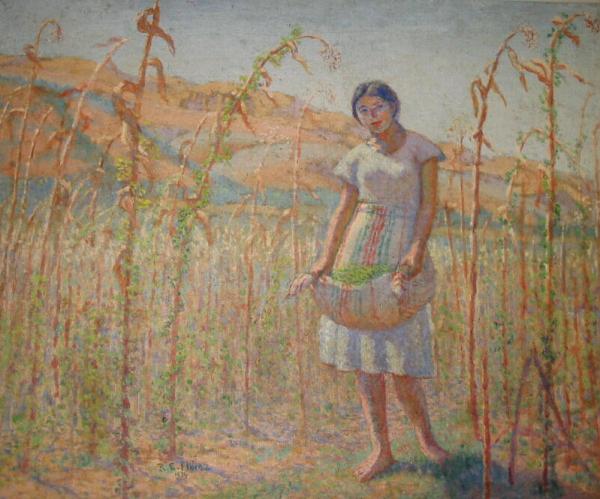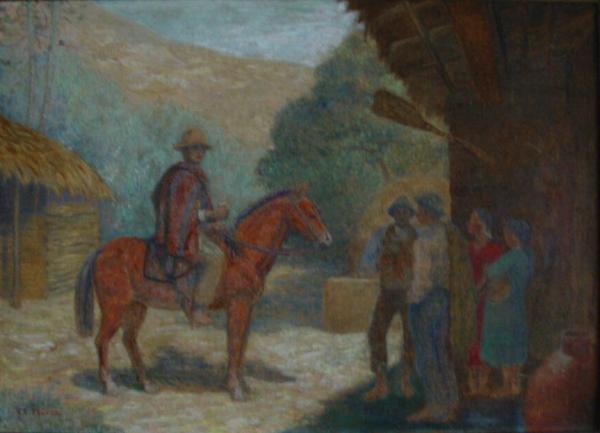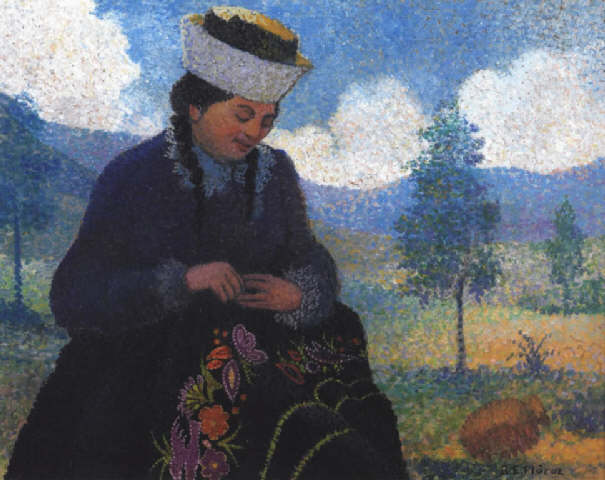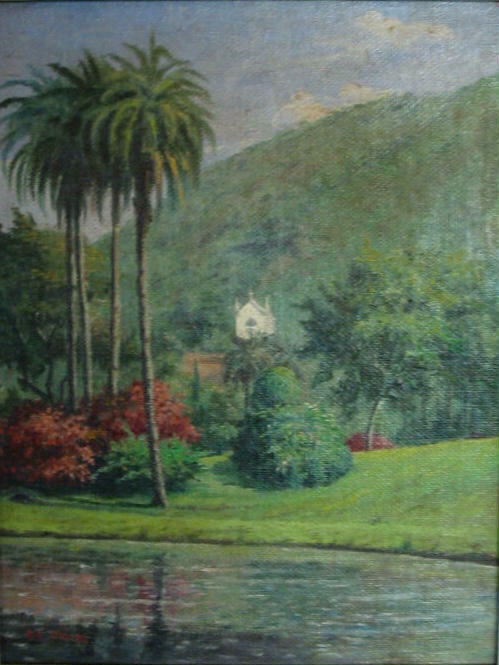Ricardo Flórez Gutiérrez de Quintanilla (1893 – 1983)
Get a Flórez Certificate of Authenticity for your painting (COA) for your Flórez drawing.
For all your Flórez artworks you need a Certificate of Authenticity (COA) in order to sell, to insure or to donate for a tax deduction.
Getting a Flórez Certificate of Authenticity (COA) is easy. Just send us photos and dimensions and tell us what you know about the origin or history of your Flórez painting or drawing.
If you want to sell your Flórez painting or drawing use our selling services. We offer Flórez selling help, selling advice, private treaty sales and full brokerage.
We have been authenticating Flórez and issuing certificates of authenticity since 2002. We are recognized Flórez experts and Flórez certified appraisers. We issue COAs and appraisals for all Flórez artworks.
Our Flórez paintings and drawings authentications are accepted and respected worldwide.
Each COA is backed by in-depth research and analysis authentication reports.
The Flórez certificates of authenticity we issue are based on solid, reliable and fully referenced art investigations, authentication research, analytical work and forensic studies.
We are available to examine your Flórez painting or drawing anywhere in the world.
You will generally receive your certificates of authenticity and authentication report within two weeks. Some complicated cases with difficult to research Flórez paintings or drawings take longer.
Our clients include Flórez collectors, investors, tax authorities, insurance adjusters, appraisers, valuers, auctioneers, Federal agencies and many law firms.
We perform Ricardo Florez art authentication, appraisal, certificates of authenticity (COA), analysis, research, scientific tests, full art authentications. We will help you sell your Ricardo Florez or we will sell it for you.

Ricardo Florez was born in May of 1893 in the city of Lima. He attended the National School of Fine Arts of Lima, where he was a disciple of Teófilo Castillo and Daniel the Hernandez. They introduced him to the landscape technique, to which he added the study of the light, usual in the Andean landscape that he used to observe.

Later he became a professor of the Fine Arts School. From the very beginning his focal subject was the landscape, using the impressionism technique, which led him to the “puntillismo”. In his so many searches on landscapes, he finally arrived in Tomayquichua, Huanuco, where he will reside until his death. He is perhaps the only Peruvian painter who has practiced in strict sense the puntillista style.

According to the version of Sabino Springett, who knew him personally, Florez made his own investigation by using two fabrics of the same dimension, which he painted simultaneously using the same subject, technique and colors. In order to demonstrate certain changes in fabrics, he used to install one of them outside his studio, while the other one remained inside. After two months he could observe changes in color due to the effects of light and temperature. He made his first exhibition was in 1917, in Casa Brandes, within a collective sample. Florez was attracted by the native “indigenismo” movement, but he kept himself by it, and he used to say he presented a late local version of the impressionism.

From his point of view, The Tomayquichua landscapes he paints show “(…) the colors that the sun, the light and the air create, whereby the shadow of the objects is not just a gloominess of greys and blacks but a brightness full of color (…)”
His most important works are: “Mariacha”, “To Borders of the Huallaga”, “Cover of Hacienda Trujillana”, “Landscape of Huánuco”, “Cane Highway”, “Brotherhood of the Negritos”, “the Tomayquichuina”, “Panorama of Armatanga”, “Street of Tomayquichua”, among others.

Florez did not adhere to the “indiginism” as a movement, but preferred to explore in order to improve his technique and put into practice his own theories, that far from wishing to identify the problem of the indiginism like a social protest, intended to illustrate the character of the local world.

Still wondering about a Peruvian painting in your family collection? Contact us…it could be by Ricardo Florez.
Reviews
1,217 global ratings
5 Star
4 Star
3 Star
2 Star
1 Star
Your evaluation is very important to us. Thank you.
